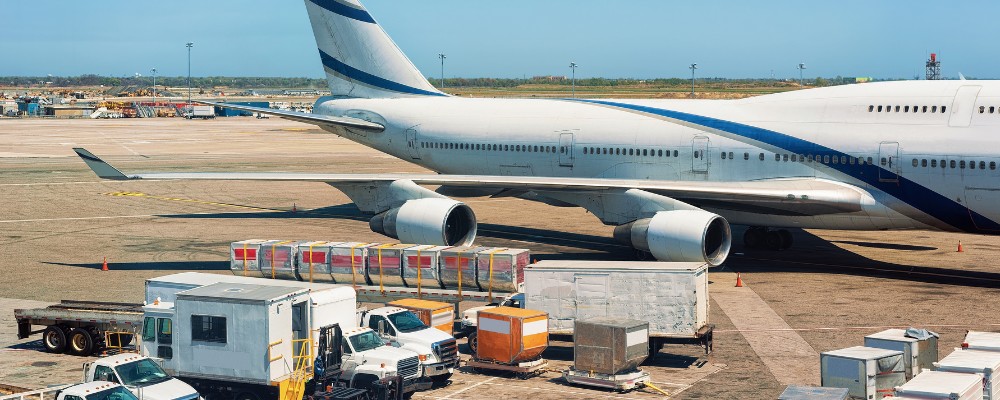
When it comes to shipping goods via air freight, there are several factors that determine the cost of transportation. One crucial aspect is calculating the chargeable weight, which is the weight that the forwarder charges the customer for. In this article, we will explore how to calculate chargeable weights and apply freight rates in airfreight.
There are three types of weight used in airfreight: actual weight, volume weight, and chargeable weight. The actual weight refers to the physical weight of a shipment or box. On the other hand, volume weight is determined using the dimensions of the freight. Chargeable weight is always calculated as the larger value between actual and volume weights.
To calculate chargeable weights and apply freight rates accurately, there are five essential steps involved:
1. Calculate Actual Weight:
The first step is determining the actual weight by multiplying each piece’s individual weight by its quantity in a shipment. For example, if you have one wooden crate weighing 250 kilograms (kg), then your actual weight would be 250 kg.
2. Convert Weights into Kilograms:
In airfreight calculations, it’s important to ensure all weights are consistent in units – kilograms (kg). Therefore, if your initial measurements were not in kilograms but pounds or other units such as ounces or grams, you need to convert them accordingly.
3.Calculate Volume Weight:
Next comes calculating volume weights based on dimensional measurements rather than physical mass alone.
To find out volumetric measurement, Volumetric Measurement = Number of Pieces x Dimensions per Piece
For instance, If you have one crate with dimensions 90 cm x 60 cm x 60 cm, then Volumetric Measurement=1x90x60x60cm³`=324000 cubic centimeters(cm³)
4.Convert Cubic Measurements into Kilograms:
Since airlines typically use kilogram measurements for freight rates, it is essential to convert the cubic measurement into kilograms. The conversion depends on the units used for dimensions.
If your dimensions are in meters, you need to multiply them by 1 million to convert them into centimeters before dividing by 6,000.
If your dimensions are in inches and weight is in kilograms, divide your cubic measurement by 366.
If your dimensions are in inches and weight is in pounds, divide the cubic measurement by 166.
5.Determine Chargeable Weight:
After obtaining both actual and volume weights, determine which one is larger. The larger value becomes the chargeable weight for that particular shipment.
Once you have determined the chargeable weight, applying freight rates becomes straightforward. Freight rates vary depending on factors such as destination, type of goods being shipped, and specific airline regulations or contracts. Typically measured per kilogram (kg), freight charges can be calculated by multiplying the chargeable weight with a predetermined rate provided by an airline or forwarder.
Example:
A wooden crate with an actual weight of 250 kg and a volume weight of 54 kg would have a chargeable weight of 250 kg since it exceeds the volume weight. If the air cargo rate per kilo is $3.15,
Freight Charges = Chargeable Weight x Air Cargo Rate
= 250 kg x $3,15/kg
= $787.50









